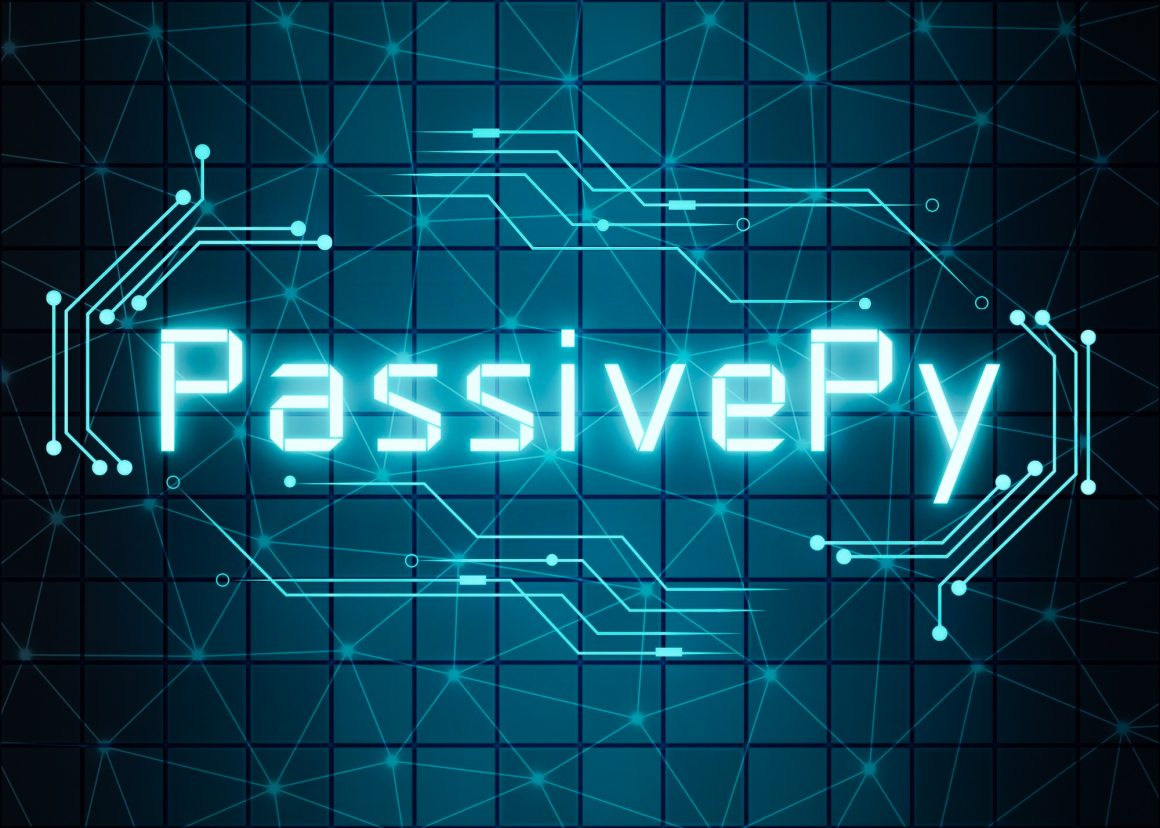
Urban planning AI tool could help the city of Calgary hear public sentiment around urban development policies
By Julianna Keskic, February 29 2024—
Sorting through the vast amount of information to find relevant and pressing concerns around city policies, events and other concerns in Calgary can be a daunting task for city officials. However, an artificial intelligence (AI) tool by a University of Calgary student provides a unique way for city officials to hear public sentiments and make informed decisions. Specifically, the tool, named PassivePy aims to determine the common concerns of algarians around infrastructure and development planning policies implemented in the City of Calgary.
In an interview with the Gauntlet, masters student Mitra Mirshafiee from the department of electrical and software engineering described how her project uses artificial intelligence and machine learning to offer the city a way to better understand what Calgarians want now and in the future.
“Based on the data that we had from social media – specifically X (formerly known as Twitter) – which we scraped and extracted all the data we could find for a time span of two years, we tried to model the topics that people were actually talking about when they talked about the City of Calgary,” Mirshafiee said.
“We tried to understand what are the differences between this data that we have found and the type of data that the City of Calgary already has. [We] tried to model the topics and we also wanted to see what type of sentiments people are trying to portray when they use different terms and are talking about different topics,” Mirshafiee further expanded.
Mirshafiee added to her overview by describing that the data illustrated how the information the City of Calgary received from the general public could be expanded. The original data from the city showed that most feedback given by Calgarians was about issues with physical infrastructure (e.g. roads and sewage system maintenance). Conversely, social media tended to cover a much more diverse range of topics.
Mirshafiee further expanded by highlighting the topics that stood out in their findings. She explained how the opinions and feelings represented in social media text tended to be more in-depth and more honest about the true concerns of Calgarians than other methods.
“Social media topics are usually revolving around employment in Calgary or the policies that the city has in regards to funding for development of the city and for groups like the LGBTQ+ community as well as the policies around events such as women’s day and the Pride Parade,” said Mirshafiee.
Mirshafiee further articulates what her goal with this AI language tool she and her team worked to develop is and concludes by letting us know what positive changes her research could have for the City of Calgary in the future.
“There are two different aspects that we can look at when addressing the possible applications of this research. One of them would be the systems that we could put in place that could help the policies that we want to see in the city. The other aspect, which is what we focused on in our research, is having a system that can take the feedback from social media and then display it to the authorities so they can better understand the citizens and residents of the City of Calgary.” said Mirshafiee.
“The main goal of this project was to make it possible for the authorities to see what the opinions of Calgarians are in more depth than what they currently receive through the 311 phone line and surveys,” Mirshafiees concludes.
Mirshafiee’s research seeks to analyze passive voice in social media to better understand how it connects to behavioural outcomes. Mirshafiee’s case study, titled “PassivePy: A tool to automatically identify passive voice in big text data” is now published and available to read through the University of Calgary Library website.
